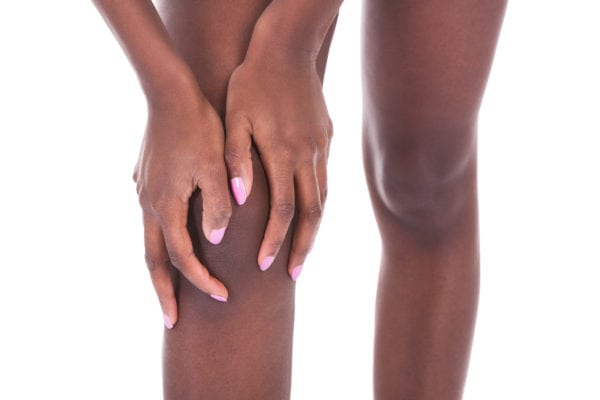No matter your age, if you have a history of joint pain, you can wake up in the morning and predict the weather better than the weatherman. Then come the questions: Why does this happen every time the weather changes? Why am I able to feel the changes of the weather in your joints? Why does the pain worsen with rainy and damp weather?
It is a common phenomenon for individuals to blame the change in weather as a cause of the increase in the joint pain, but is this true?
Currently, there is no consensus among researchers about whether or not changes in weather are the true cause of joint pain, but multiple theories abound. The most common one is that as barometric pressure increases in the atmosphere, it prevents the body’s tissues from expanding by pushing against them from the outside. When we have bad weather, this pressure normally drops, which then provides more room for the tissues to expand. This can increase the pressure in the joint. These changes are typically very minimal, but they can increase for someone who has a history of joint pain.
This theory started in 1961 when J. Hollander, M.D., an arthritis specialist, did a study where he built a climate chamber and showed high humidity with low barometric pressure was linked to joint pain and stiffness. But the study didn’t have a lot of value due to the low number of participants, and since then, there hasn’t been much research to further his study.
Another theory is that due to a history of chronic joint pain, the nerves are more sensitive because of adhesions, scarring, injury or inflammation, and that can be the cause of the increase in pain with weather changes. When nerves are sensitized, any changes in weather can send pain signals.
So what can you do to help ease weather-related pain? Follow these tips:
- Stay warm. According to the National Institutes of Health, the basics of warming up in the car before you step outside, warming your clothes in the dryer before putting them on, sleeping under an electric blanket, dressing in layers or keeping your home heated can help.
- Keep moving. Before you go outside, give your painful joints a workout to loosen stiffness.







